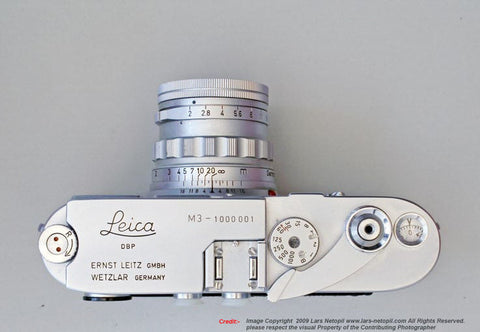Intro
The first Leica M3 was launched in 1954. In the following 12 years, over two hundred thousand units were made. It was a groundbreaking product with some remarkable features, the likes of which we’ve never seen before, such as the combination of viewfinder and rangefinder in one bright window, the rapid film advance lever, and a bayonet style lens mount, before which it was the screw mount being widely used, such as the M39 mount.
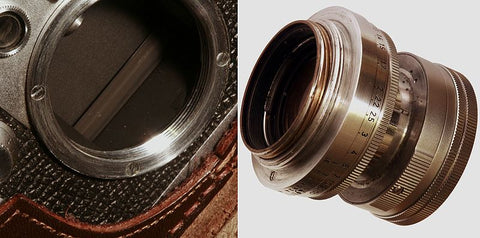
(M39 screw mount lens)
Basically, the M3 inspired the development of many other rangefinders and SLR cameras. The importance of the Leica M3 to the camera world can be analogous to the importance of the iPhone to the smartphone industry.
Henri Cartier-Bresson
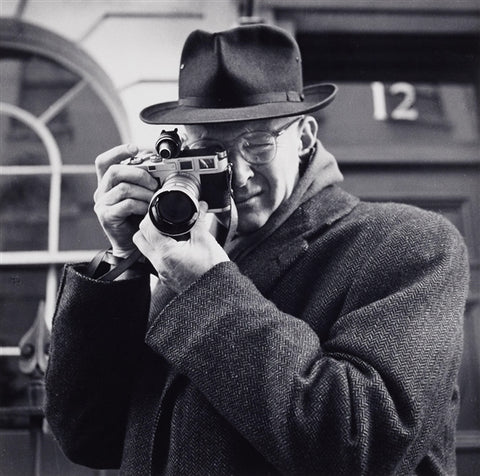
A lot of well-known photographers and photo journalists have been using the M3, one of whom was Henri Cartier-Bresson from France, being known for street photography.
The Leica M3 was the camera he used most often. He liked using the M3 with a 50mm lens with minimum distortion, which was very close to what we see as human beings. He took many pictures of significant social events in France, Africa, and China.


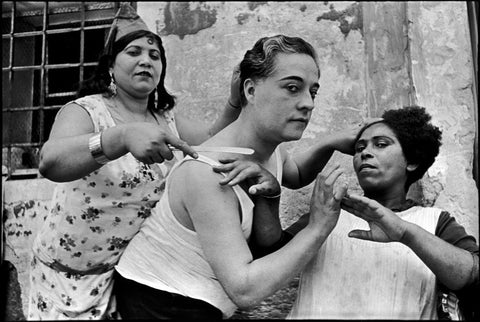

The Name
After the success of the M3, Leica launched respectively the M2, M1, M4, M5, m6, etc. "M," stands for "Messsucher" in German, meaning "range finder."
So now a lot of people ask why M3? It was the first product of the M series, why it was not called the M1? There are 2 theories to explain why.
First of all, before the M series, Leica was making screw-mount cameras. They had the series1, series2, and series3. The series 3 was the most premium line. Before the M series, LEICA was making their flagship product, the Leica iiif. So the m3 is called m3 because it was the successor to the Leica series 3.

(Leica IIIF)
Another theory was very simple. The M3 was called M3 just because it has three frame lines in the viewfinder: 50mm, 90mm and 135mm.

(50mm frameline)
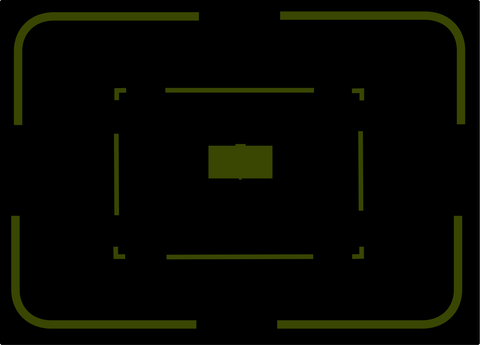
(90mm frameline)

The Viewfinder
The viewfinder of the M3 is very special. The largest frame line in the viewfinder is 50mm, with the 0.91x magnification factor, which is very close to the human eyesight. You can take pictures with both eyes open very comfortably. It does not feel like you are seeing things through a camera. It is like you are wearing glasses, you can see very naturally.
The 50mm fame line is always visible. There are two ways to select the 90 or 135mm frame lines. If you put a 90mm or 135mm lens on the camera, the corresponding frame line will become visible automatically. You can also turn this small lever on the left of the lens to preview what it’s like when using another lens.
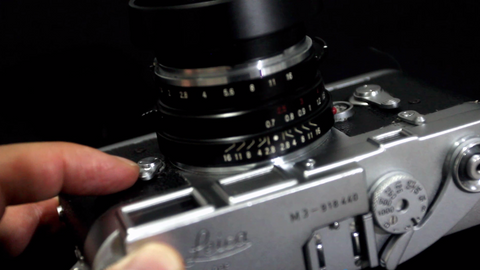
What if I want to use a 35mm lens with the M3, you may ask? Leica gave you a solution.
Just put a 35mm lens together with a speically-made goggle, which will adapt the 50mm base viewfinder into the 35mm one.

But you don’t have to use a goggle. If you are not wearing glasses, you can put your eyes closer to the viewfinder, so you can see the whole viewfinder image is slightly larger than the 50mm frame line, which is basically the field-of-view of the 35mm lens.

(the whole viewfinder image is basically the frameline of a 35mm lens)
Leica M3 Serial Numbers
The Leica M3 with serial number before 7003000 was sought after by collectors, and the smaller the number, the more popular it became.
The M3 with #700000 was a presentation camera given to Prof. Kruckenhauser, a ski pioneer, in 1955.
The #800000 was dedicated to the West German Chancellor, Konrad Adenauer in 1956.
The #1000001 was given to German-born American photographer Alfred Eisenstaedt in 1960. It was gold-plated in 1989 to honor Eisenstaedt's contribution to photojournalism.
